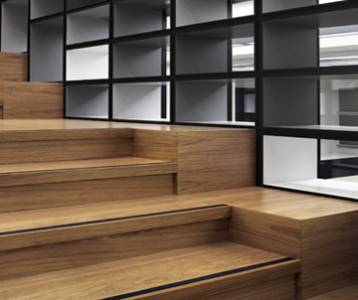Description
Particle Board: A Versatile and Affordable Building Material
Particle board, also known as chipboard, is an engineered wood product manufactured from wood particles, typically wood chips, sawmill shavings, or even sawdust, bound together with a resin binder under high pressure and heat. This process creates a flat panel, making it a cost-effective and widely used material in various applications.
Key Features & Benefits:
- Affordability: Particle board is significantly cheaper than solid wood, making it a budget-friendly choice for many projects.
- Uniformity: The manufacturing process ensures a consistent density and thickness, unlike the natural variations found in solid wood.
- Versatility: It can be easily cut, shaped, and machined, lending itself to a wide range of applications.
- Availability: Particle board is readily available in various sizes, thicknesses, and finishes from most lumberyards and home improvement stores.
- Lightweight: Compared to solid wood, particle board is lighter, making it easier to handle and transport.
- Stability: While not as strong as hardwood, modern manufacturing techniques result in relatively stable panels that are less prone to warping or shrinking than older formulations.
Types & Grades:
Particle board comes in various grades depending on its density and intended use:
- Standard Grade: Suitable for interior applications where strength isn't a primary concern, like shelving, drawers, and cabinet backs.
- Medium Density Fiberboard (MDF): A type of particle board with finer particles and higher density, offering improved smoothness and surface finish. Ideal for furniture, molding, and applications requiring a smoother surface.
- High Density Particle Board (HDF): The densest type of particle board, offering superior strength and durability. Suitable for flooring underlayment, high-stress applications, and furniture requiring extra strength.
Applications:
Particle board's versatility shines through in its diverse applications, including:
- Furniture Manufacturing: Cabinetry, shelving, drawer bottoms, and other furniture components.
- Construction: Subflooring, wall sheathing (in certain applications), and temporary structures.
- Interior Design: Base for countertops, backings for other materials (tile, veneer), and decorative elements.
- Packaging: Provides a stable and lightweight base for various packaging applications.
Limitations:
While offering numerous advantages, particle board has certain limitations:
- Strength: It is not as strong or durable as solid wood and is susceptible to damage from impact.
- Water Resistance: Standard particle board is not water-resistant and will swell and degrade when exposed to moisture. Moisture-resistant varieties are available but are more expensive.
- Holding Screws: While screws can be used, they can create larger holes and weaken the board more easily than with solid wood. Pre-drilling is always recommended.
- Edge Finishing: The edges of particle board can be rough and require finishing to prevent chipping and improve aesthetics.
Choosing the Right Particle Board:
Consider the following factors when selecting particle board:
- Intended Use: Select a grade appropriate for the application's required strength and durability.
- Thickness: Choose the thickness required for the application's load-bearing needs.
- Size: Particle board is available in standard sheets; consider the dimensions needed for your project.
- Finish: Some particle board comes with pre-finished surfaces, while others require finishing.
Particle board provides a cost-effective and versatile solution for many construction and manufacturing needs. Understanding its properties and limitations is crucial for successful project execution.
